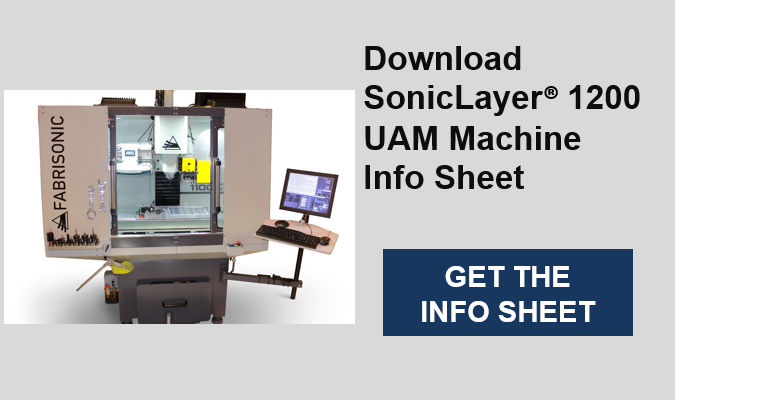3D Printing Myth Debunked: “6061 and Other Aerospace Aluminums Can’t Be 3D Printed”
By Mark Norfolk on Thursday, May 16th, 2019

Common industry wisdom would have you believe that it is extremely difficult, if not impossible, to print with aerospace aluminum such as 6061 and 7075. For most 3D printing technologies that rely on melting of powders or wires, this is true.
Disadvantages of 3D Printing Aerospace Aluminums with Most 3D Printing Processes
- During high energy melting of aluminum alloys, critical constituents can boil off leaving the resultant 3D printed part out of chemistry specs and thus weaker.
- Aluminums high reflectivity requires higher energy and causes specific issues with printer optics.
- High thermal gradients in 3D printing can lead to liquation cracking during solidification.
- Metal 3D printing technologies that rely on melting produce aluminum parts in a less-than-optimized temper. This requires several heat treating steps after printing that can lead to the release of residual stress (aka – warping like a potato chip).
Ultrasonic Additive Manufacturing (UAM) Eliminates Common Aerospace 3D Printing Issues
There are great research programs ongoing in the industry to overcome one or more of the above problems. However, solid state 3D printing processes already avoid ALL of these common issues. Fabrisonic’s Ultrasonic Additive printing technique welds metal layers near room temperature. UAM utilizes a solid-state ultrasonic bonding mechanism that has minimal effect to a metal’s microstructure (unlike comparable powder-based fusion printing processes).
The solid-state bond in this technique permits the joining of precipitation hardened alloys without the metallurgical issues seen in other additive processes (2024, 5052, 6061, 7075, etc). The low-temperature bond has little effect on bulk grain size and does not drive any change in precipitate size. A wide range of aluminums can be printed with incoming feedstock already in the desirable T6 condition. This means that parts are ready for use directly out of the printer without the need for heat treatment.



Leave a Reply